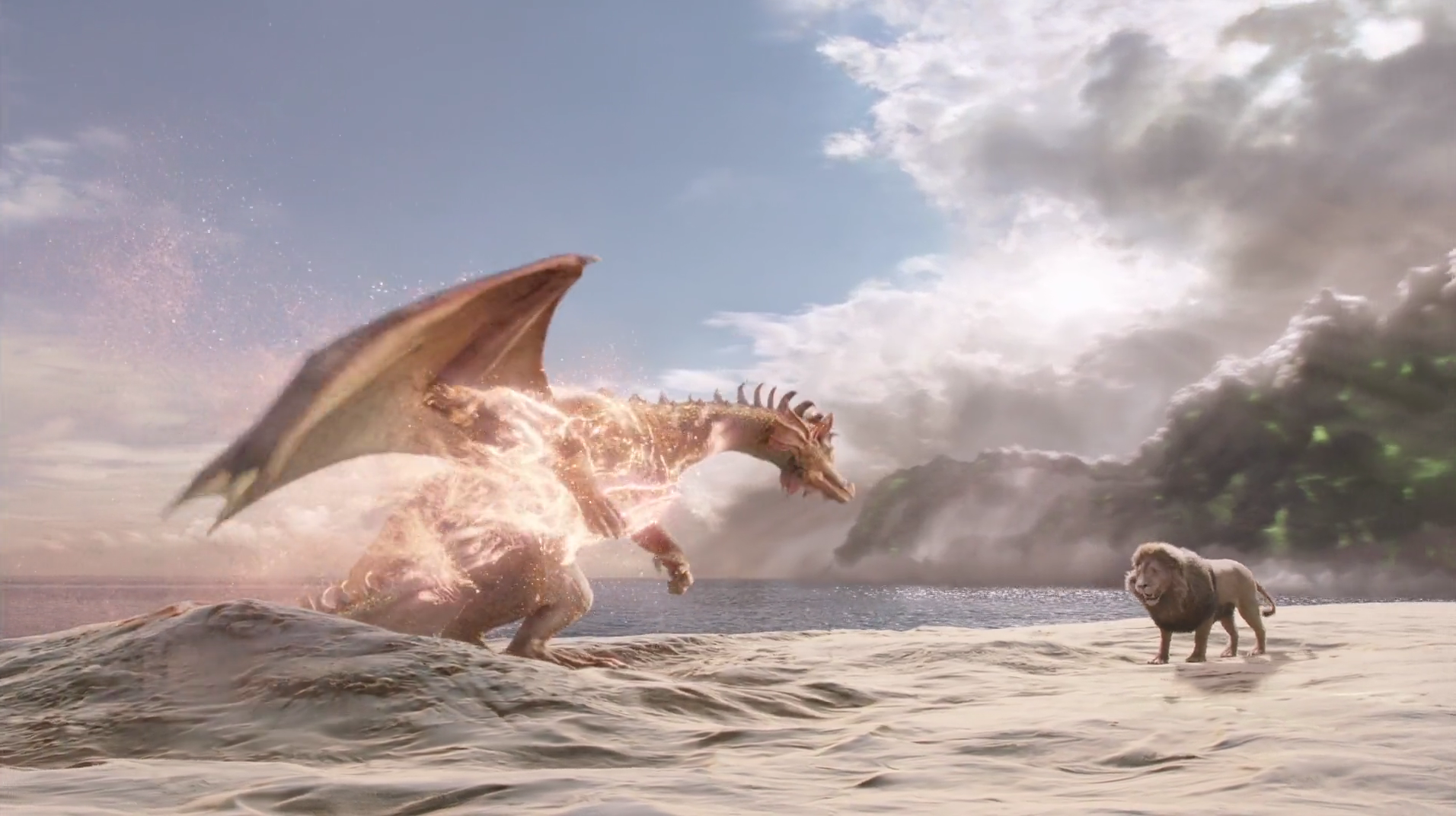The Lion’s Claw
Jacqui Drewe
‘A young man who wishes to remain a sound atheist cannot be too careful in his reading.’
C. S. Lewis, Surprised by Joy
Some of us will have memories of reading C. S. Lewis’ Chronicles of Narnia when we were young. Others, like me, did not take tea with Mr. Tumnus in the snowy woods until we were older. Some may have come across the stories for the first time in the recent film series; and some are yet to discover the joy of journeying ‘through the wardrobe’.
Lent is the perfect time to visit – or to revisit – the world of Narnia. At the heart of the stories are themes of repentance and renewal, of children and grown-ups who turn away from fears and self-serving falsehoods to discover the surprising joy of divine Truth. These moments of transformation happen face-to-face with Aslan the Lion, the Christ figure, as the characters discover to their relief that are not alone in facing their fear and darkness. As Archbishop Rowan Williams wrote in The Lion’s World (2012), ‘Lewis is trying to communicate – to a world that frequently knows what faith is – the character, the feel, of a real experience of surrender in the face of absolute incarnate love.’
One scene that has a powerful impact is the story of Eustace and the dragon in The Voyage of the Dawn Treader. The boy Eustace is sulky and resentful at being whisked away from his comfortable life in Cambridge; he is unwilling or unable to see the ‘magic’ of Narnia and threatens to report the matter to the British consul! When Eustace falls asleep on a pile of enchanted gold with ‘greedy, dragonish thoughts in his heart’, he wakes up to discover that he has turned into a dragon.
It is Aslan who comes to the dragon’s aid. Aslan calls for Eustace to follow him, even as Eustace tries to resist his gaze. Aslan leads Eustace to a pool, where Eustace begins to peel off the scaly outer layer of his dragon skin as one getting undressed to bathe. He peels off layer after layer, but to no avail. He realises he cannot do it without Aslan’s help. And being ‘near desperate by now’, Eustace lies down and surrenders to the Lion’s claws. The pain Eustace feels as his deepest layers are peeled away is ‘worse than anything.’ But the pain disappears when he is tossed into the pool and gently reclothed by Aslan. Eustace is human again.
As well as the rich baptismal imagery, the significance of this scene is that the rediscovery of human identity is not something we can do in our own strength. ‘How many skins do I have to take off?’ asks Eustace. We cannot answer that for ourselves. ‘We can only signal that we want help to be stripped in that way,’ as Rowan Williams writes. Aslan cannot protect us from the pain that this entails, or the discomfort of baring our ‘self’ in the presence of complete Truthfulness. But any attempt at self-understanding is necessarily limited without it. It is only in relation to that Truth that we can be said to have a real self.
Lent is the season to submit ourselves anew to a real experience of surrender in the face of absolute incarnate love. ‘If anyone is in Christ, there is a new creation; The old has passed away; behold, the new has come!’ (2 Cor. 5:17) As Eustace learned, this ‘renewal’, the liberation of our human identity from all that is not life-giving – from darkness, from dehumanising greed, from doubt and fear and shame – is not something we can ‘achieve’ for ourselves. There is only the grace of Aslan, and our willingness to follow his call. There is only the love of Christ, and our readiness to meet him face to face.
—
Narnia quotes from C.S. Lewis, The Voyage of the Dawn Treader (London: Harper Collins, 2015, p. 85-87)

